Try this beef rub seasoning the next time you’re looking for a homemade rub recipe for beef. It’s a blend of spices that’s perfectly balanced for any cut of beef and any method of cooking.
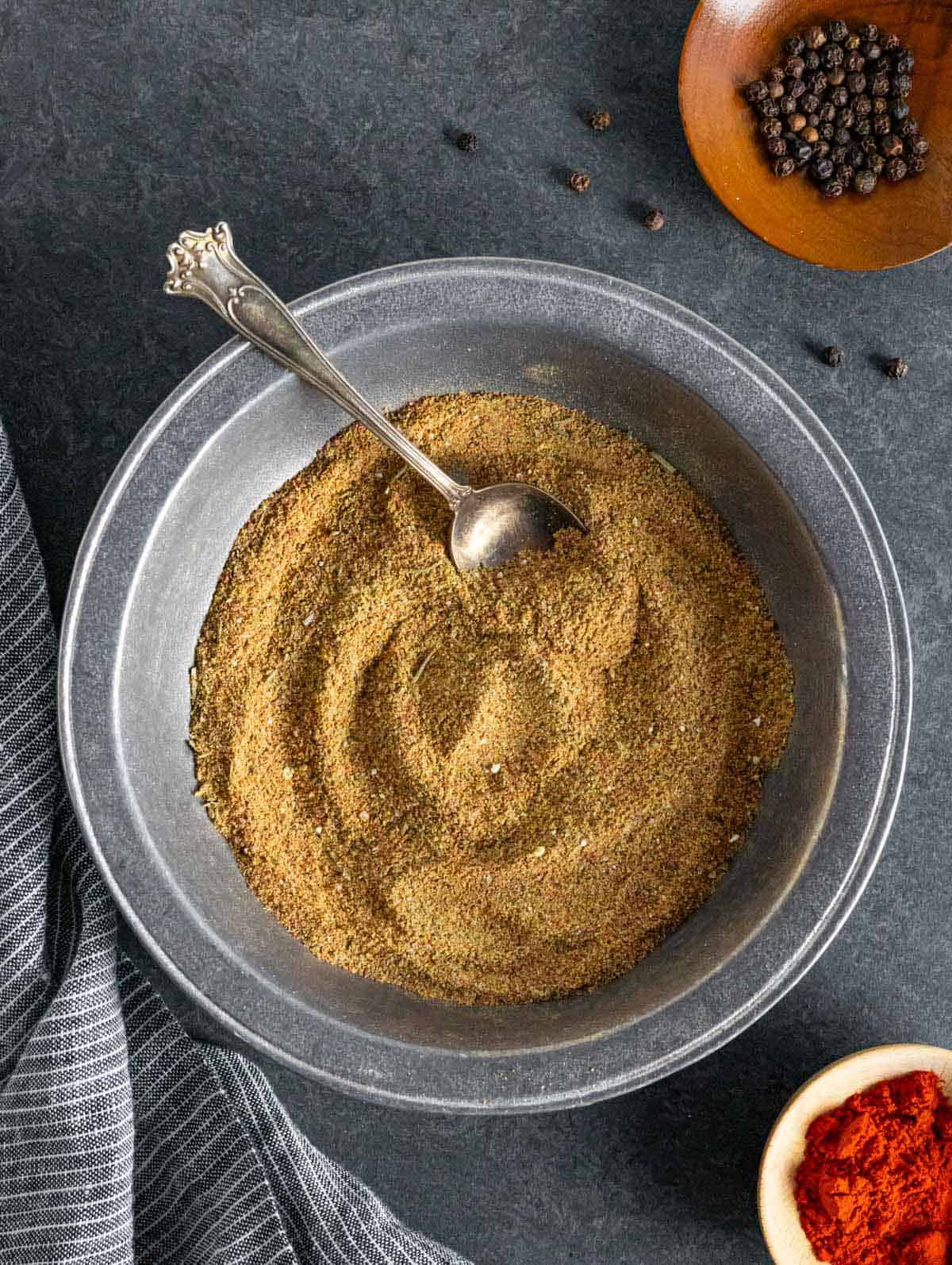
Jump to:
Cooking great beef takes the right rub. Sometimes salt and pepper are all you need, like for this Smoked Flank Steak, but for many other cuts, such as a Pellet Grill Smoked Sirloin, a more complex rub is best. Most often, beef just needs a simple dry rub, unless you want a little mustard to help it adhere to the surface, like I use for these Smoked Beef Ribs.
This recipe complements the richness of beef and elevates the overall flavor. It is a variation of my All-Purpose Seasoning, just with a little more spice.
Why you’ll love this recipe
- Complex and savory – the flavors have complexity and depth, perfect for the robust flavor of beef
- Simple ingredients – you can make this blend of spices with ingredients you probably already have in your pantry
- Versatile – use this for your smoked beef recipes, grilling, roasting and more
- Special diet friendly – this is a sugar-free dry rub and is naturally low-carb keto-friendly. It’s made with low-FODMAP spices, just omit the onion and garlic and use chives in their place.
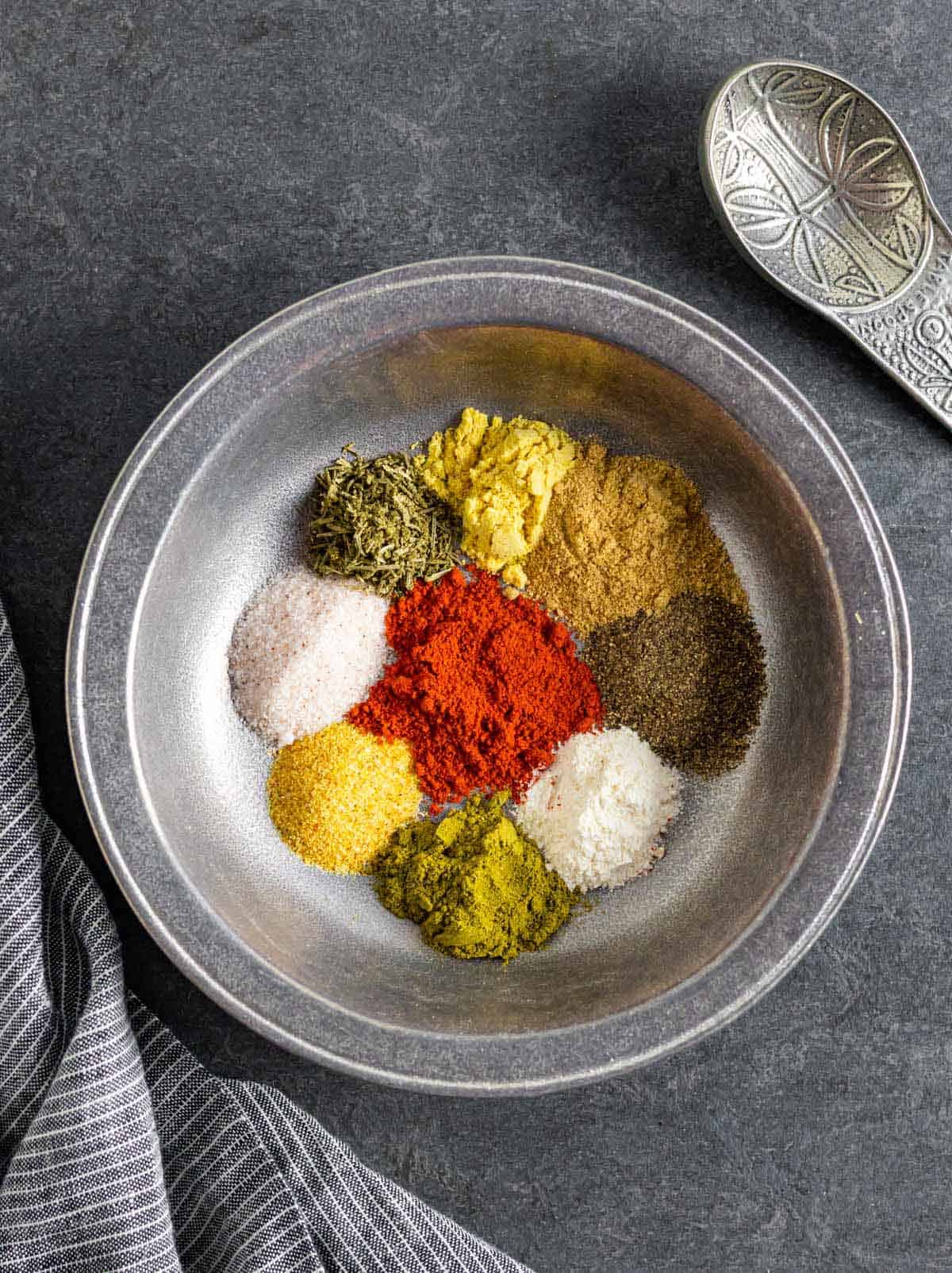
Ingredients
I like to use a couple special ingredients that make this dry rub recipe extra special, but it’s still outstanding using ingredients that are readily available and that are most likely in your spice cabinet.
- Black pepper – naturally brings out the flavor of beef
- Sea salt – enhances texture and flavor. One of my special ingredients is kala namak black salt used in place of regular sea salt. It adds incredible umami and I highly recommend it. I typically replace regular salt with kala namak in most of my recipes. If using kala namak instead of sea salt, use twice as much, as it contains less sodium. Read more about my favorite salt in my Kala Namak Ingredient Spotlight.
- Chili powder – just a small amount adds so much flavor. Use your favorite! I recommend Kashmiri chili powder (my favorite) or chipotle, but regular chili powder is just fine.
- Mustard powder – adds a little tang
- Onion and garlic powder (omit for low-FODMAP) – adds some pungency and rounded flavors. For low-FODMAP, consider adding a small amount of asafoetida or vinegar powder to add some pungent notes, similar to onion and garlic. Chives are also an excellent onion substitute. Read more about asafoetida in my Asafoetida Ingredient Spotlight.
- Savory or oregano powder – I like to use savory, which is a little milder than oregano. Oregano is a great option if you don't have powdered savory.
- Rosemary – use crushed whole rosemary or powdered
- Porcini powder (optional) – or use oyster mushroom powder for low-FODMAP. While this isn’t a necessary ingredient, it is one of my special ingredients for this recipe. Mushroom powders add significant umami to spice blends and recipes and it keeps for a very long time. I also love it in my All-Purpose Seasoning, which I use on pretty much everything.
Instructions
Simply place all ingredients in a small bowl and stir until thoroughly combined.
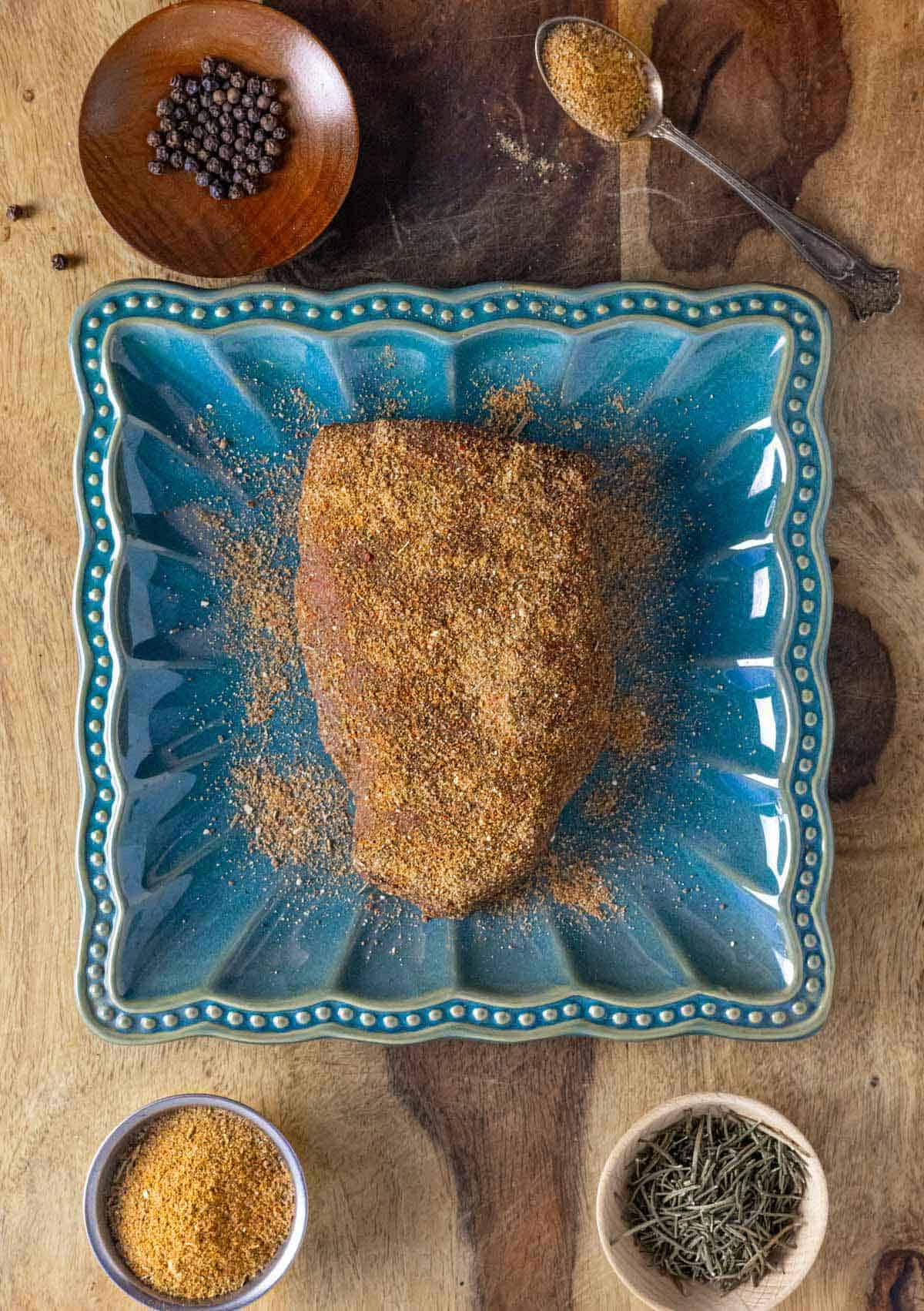
Ways to use a beef rub seasoning
This seasoning is extremely versatile and can be used on virtually any cut of beef.
- Smoked beef ribs – use on any beef ribs: Back Ribs, dino, short ribs
- Your favorite steak – this makes a superb steak dry rub
- Beef roast – try on smoked chuck roast, roasted tri tip or roast beef
- Rub recipe for smoking – use on any smoked beef recipe. It makes a great beef brisket rub and for smoking any cut of beef on a Traeger or other smoker.
- Hamburger seasoning – mix in or sprinkle on top of ground beef for hamburgers or meatloaf. It's a perfect seasoning for ground beef, however it's prepared.
How to store
Spice blends should be stored in a container with a tight fitting lid, away from light and heat. I prefer to use glass containers rather than plastic. Plastic spice containers are slightly porous and allow a small amount of air in, decreasing the flavor over time.
Variations
- Make it spicy – increase the chili powder or add some cayenne to kick the heat up a notch or two
- Make it sweet – add a touch of brown sugar or Swerve Brown to add a little sweetness
- Montreal steak seasoning substitute – add coriander and dill to the mix. Consider using whole herbs and grinding them in a mortar and pestle for a more coarse seasoning.
- Add some tang – powdered vinegar does so much for meat rubs. It adds a bright tanginess and also can act as a tenderizer. I like to add just ½ a teaspoon to this recipe and to my Buffalo Seasoning.
FAQ
As a general rule, plan on 1 tablespoon per pound of meat.
Black pepper and salt are staple spices for flavoring beef, like Smoked Flank Steak. Garlic, onion, oregano, rosemary and basil are aromatic and pair well with the robust flavor of beef - they're the main ingredients in this easy, homemade Mediterranean Seasoning recipe.
It’s best to let the rub sit for at least 30 minutes or up to 24 hours. This allows the spices and salt to penetrate into the meat.
No – you don’t need to cover or wrap meat after applying a rub. This allows moisture to escape from the surface and aids in forming a nice bark or crisp crust when smoking, grilling, roasting or pan-frying.
Absolutely not. Great cooking and great BBQ don't rely on sugar. While some consider a sweet flavor to be a major part of the barbecue profile, it’s not a necessary component, especially for beef.
Sugar can create balance with the saltiness of some rubs and can increase the Maillard reaction, creating a darker crust or bark. However, it’s not necessary for creating a great bark or superior BBQ flavor. If meat is cooked too high with a rub that contains sugar, it can caramelize and burn, leading to an unpleasant flavor. Sugar is best used in BBQ or smoker recipes that are cooked low and slow.
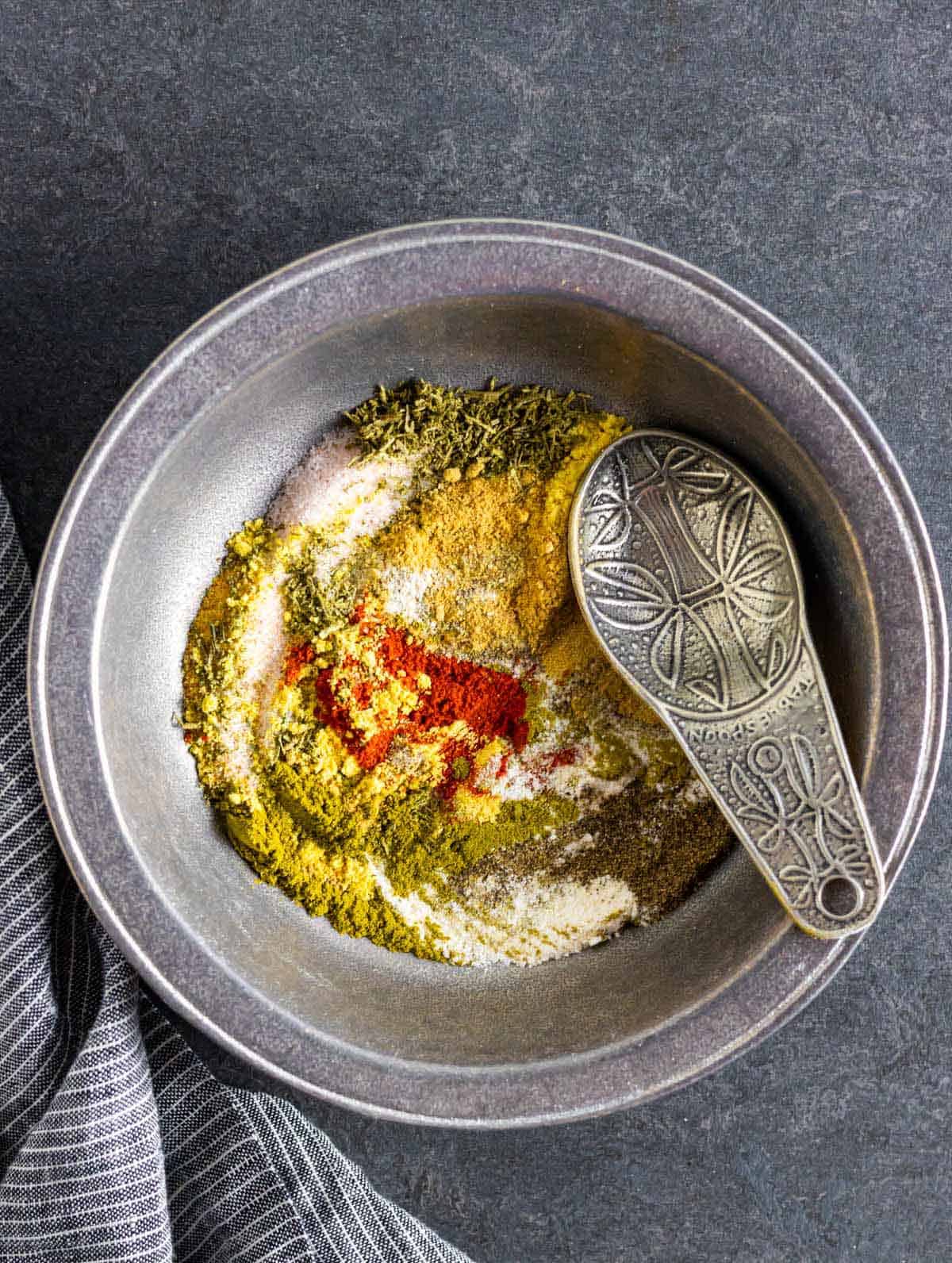
Did you make this recipe? Let me know how you liked it by giving a star rating and leaving a comment!
📖 Recipe
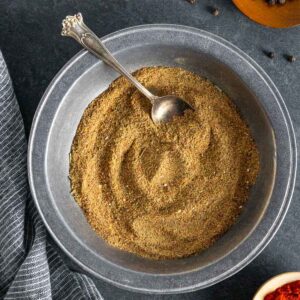
Beef Rub
Ingredients
- 2 teaspoons black pepper
- 1 teaspoon sea salt (or use 2 teaspoons kala namak black salt. Read more in my Kala Namak Black Salt Ingredient Spotlight.)
- 1 teaspoon chili powder (regular, chipotle or Kashmiri chili powder. I recommend Kashmiri, as it has incredible flavor.)
- 1 teaspoon mustard powder
- 1 teaspoon garlic powder (omit for low-FODMAP)
- 1 teaspoon onion powder (omit for low-FODMAP and use chives)
- 1 teaspoon savory powder (or use oregano)
- 1 teaspoon rosemary (powder or crushed whole rosemary)
- 1 teaspoon porcini mushroom powder (optional)
Instructions
- Add all ingredients to a small bowl and stir until thoroughly combined.
Notes
How to store
Spice blends should be stored in a container with a tight fitting lid, away from light and heat. I prefer to use glass containers over plastic. Plastic spice containers are slightly porous and allow a small amount of air into the container, decreasing the flavor over time.Variations
- Make it spicy – increase the chili powder or add some cayenne to kick the heat up a notch or two
- Make it sweet –add a touch of brown sugar or Swerve Brown for a little sweetness
- Montreal steak seasoning substitute – add coriander and dill to the mix. Consider using whole herbs and grinding them in a mortar and pestle for a more coarse seasoning.
- Add some tang – powdered vinegar does so much for meat rubs. It adds a bright tanginess and also can act as a tenderizer. I like to add just a touch for this recipe and to my Buffalo Seasoning.
Nutrition
*Net carbs = carbohydrates - fiber
Nutritional information is an estimate, calculated using online tools and does not include optional ingredients unless otherwise indicated.

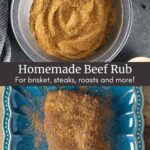
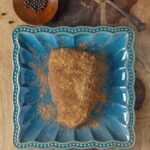
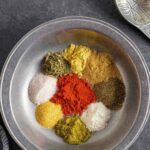
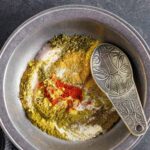
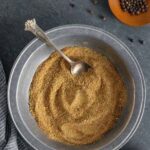
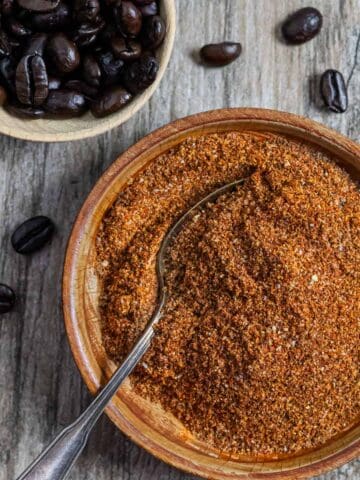
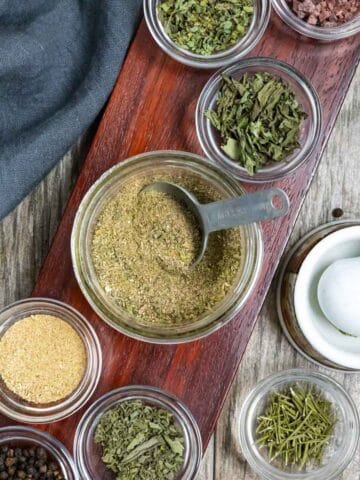

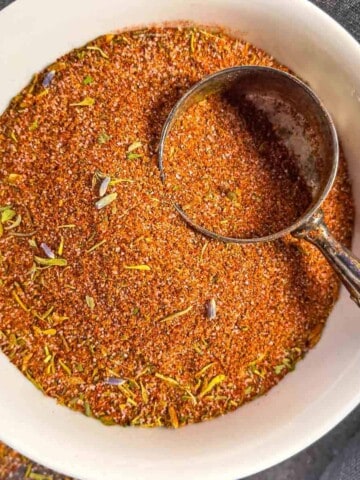
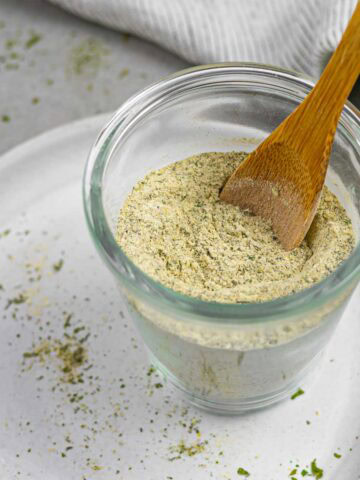
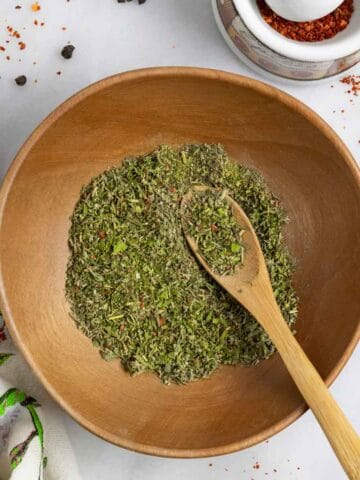
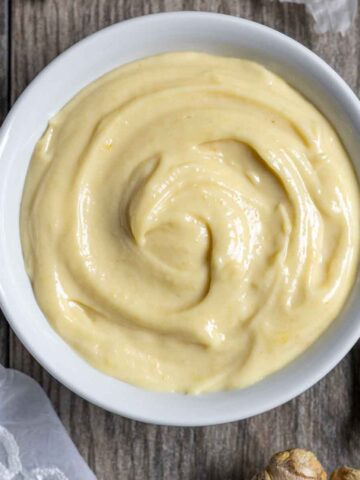
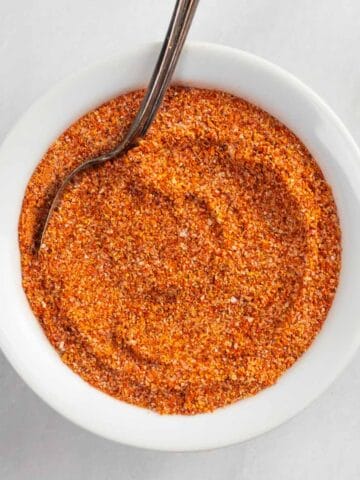
Greg says
This was outstanding on grilled steak! I added a little extra salt. Next time I’ll make a double batch!
Tracey Hatch-Rizzi says
Hi Greg!
I'm so glad you liked it! It definitely adds something special to everything it touches. Adding a little extra salt is a good idea. I kept it rather low in the recipe to keep it versatile. And, definitely make a double batch!!
Best,
Tracey